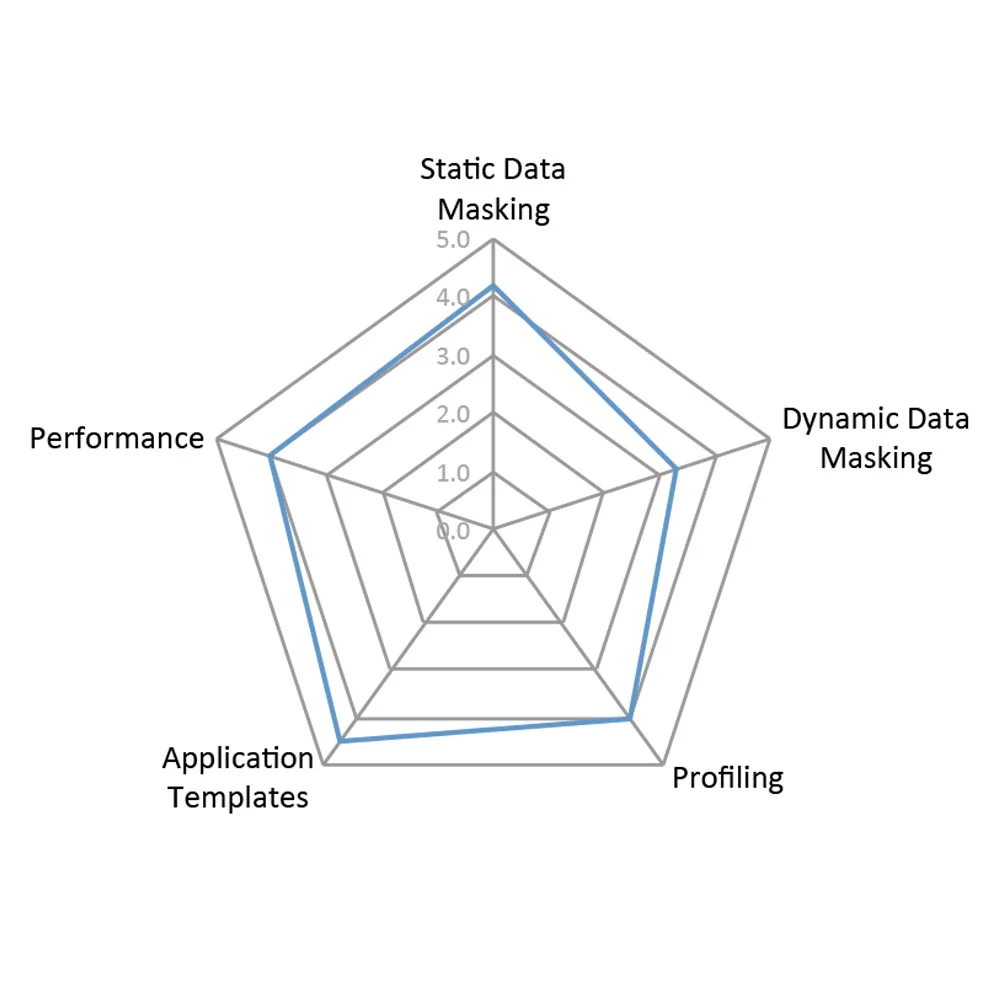Camouflage Enterprise
Update solution on April 8, 2014

In addition to Data Masking, Camouflage Software offers Data Discovery, Database Unity Framework, and Application Templates as complementary products to Data Masking. The company also offers Database Subsetting, which does what its name suggests. In total these make up Camouflage Enterprise, which is currently in version 4.3.2. A Dynamic Data Masking module has recently been released, which is currently in version 1.0. As far as we know, the company’s Data Masking offering was the first such product to be launched. As such it has been in existence for a decade and, not surprisingly given this longevity, the product is rich in the sort of features that are required for data masking.
There are three things that set Camouflage Software’s offering apart from those of other vendors in this space. The first is Data Discovery. Most suppliers of data masking software use traditional data profiling and discovery tools to help to discover sensitive data in the first place. Camouflage Software, on the other hand, has a discovery tool that was specifically developed for this purpose rather than being a tool that was originally designed (and is still used for) something else. Secondly, the Database Unity Framework ensures that masking is consistent across multiple (heterogeneous) data sources (if you need that), as well as over time. Other vendors provide similar capabilities but it is all built into the one product so you have to pay for this capability even if you don’t need it. Thirdly, we are not aware of other suppliers offering application templates. In the case of Camouflage, these are available for PeopleSoft, Oracle eBusiness and Siebel environments and the aim is to accelerate the process of masking when customising such environments. There is also an integrated development environment to allow users or partners to develop similar templates for other applications.
Camouflage Software primarily focuses on North America although it has partners in Latin America and Europe. However, as a relatively small company it leverages partners in both the United States and Canada as well. Of its various partners the most well-known are KPMG and ITC InfoTech.
A major differentiator, according to the company, is its domain expertise, built up over the decade the company has been in business. In particular, the company targets financial services and the healthcare, insurance, education, retail, aerospace and government sectors.
Camouflage Software has customers that range in in size from Fortune 50 corporations to very small companies indeed. However, it regards its sweet spot as the mid-market and up. One point that is noteworthy is that Camouflage conducts an annual customer satisfaction survey: the company is especially proud of the levels of satisfaction that this reveals, and that concern bodes well for any potential customers.
Data Discovery will be the starting point for most data masking tasks. This is a web-based search engine and repository that uses pattern-based search algorithms against both metadata (data structures) and data (content). Standard search rules are provided out-of-the-box to enable identification of sensitive information such as credit card numbers, names, addresses, social security numbers, medical records, date of birth, gender, driver’s license, salary, health information, and so on. Once discovered sensitive data is automatically categorised into classification schemes that best represent both the relevant data and its intended uses.
Data Masking is a Java-based product that runs with all of the leading relational databases (SQL Server, DB2, Oracle and SAP ASE) as well as many others. For any database not currently supported the company states that it can develop support within three weeks provided that there is a JDBC interface. The product, unlike many, will run on a mainframe and supports both VSAM and IMS. Beyond database technology the product supports masking of data in a variety of file types. Features include support for multiple masking methods, trend masking, reversible masking, support for shadow tables, the ability to mask isolated values, deterministic masking, maintenance of referential integrity, support for cascading, and both in-place and in-flight masking (the latter via an ETL-based option). The Dynamic Data Masking option is proxy-based and offers suppression, redaction and substitution as options.
The Database Unity Framework may be used, in conjunction with Data Masking, to ensure consistent masking across database environments, which may be heterogeneous. Also complementary to Data Masking are the Application Templates, which may be used as accelerators for the relevant environments.
Finally, it is worth commenting on Camouflage Software’s approach to performance, which appears to be more of an emphasis for this company than many others in this space. Features include temporary object indexing to improve run-time performance, the use of parallelism throughout the stack (OS, DB, application level optimisations), tuneable resource allocation parameters that allow you to allocate more/less hardware resource to running processes and SQL queries optimised for the given data source. There is also the ability to shift resource (I/O) intensive operations to the database server.
Camouflage Software leverages its partner community to provide first support to its users. However, the company also provides extensive consulting, training and other services as well as publishing such things as best practice guides. Thanks to its domain expertise, Camouflage is able to offer risk assessments that are industry-specific rather than merely generic.
Related Company
Connect with Us
Ready to Get Started
Learn how Bloor Research can support your organization’s journey toward a smarter, more secure future."
Connect with us Join Our Community
